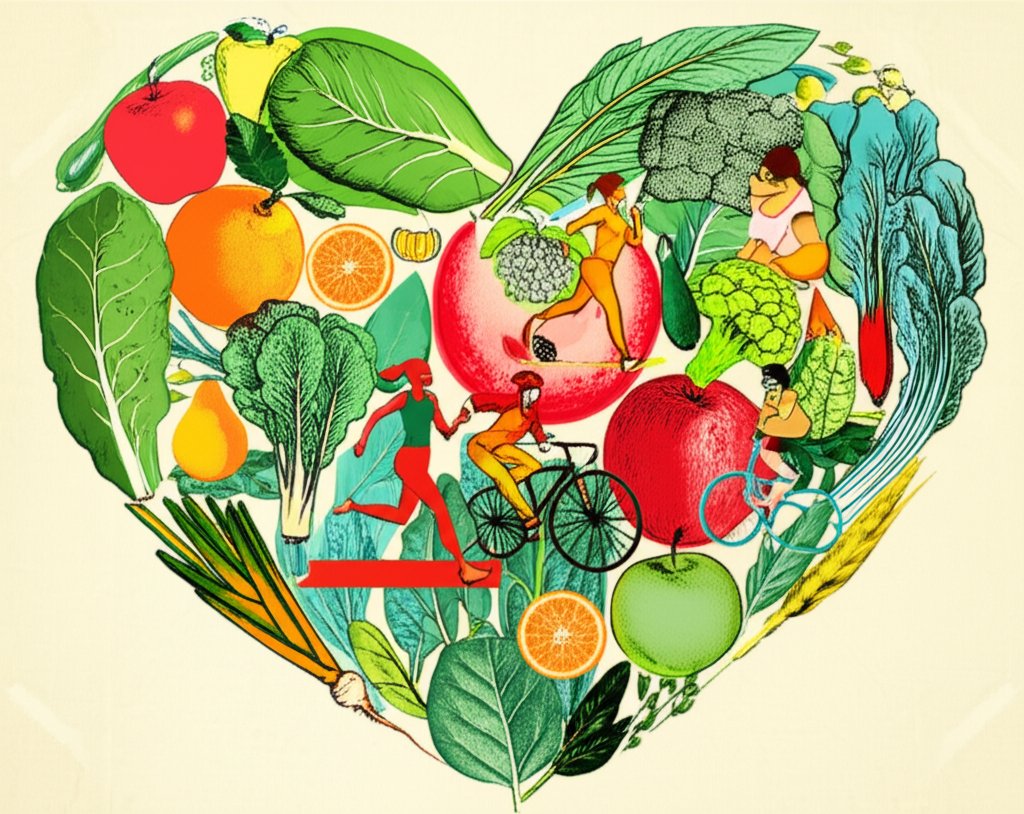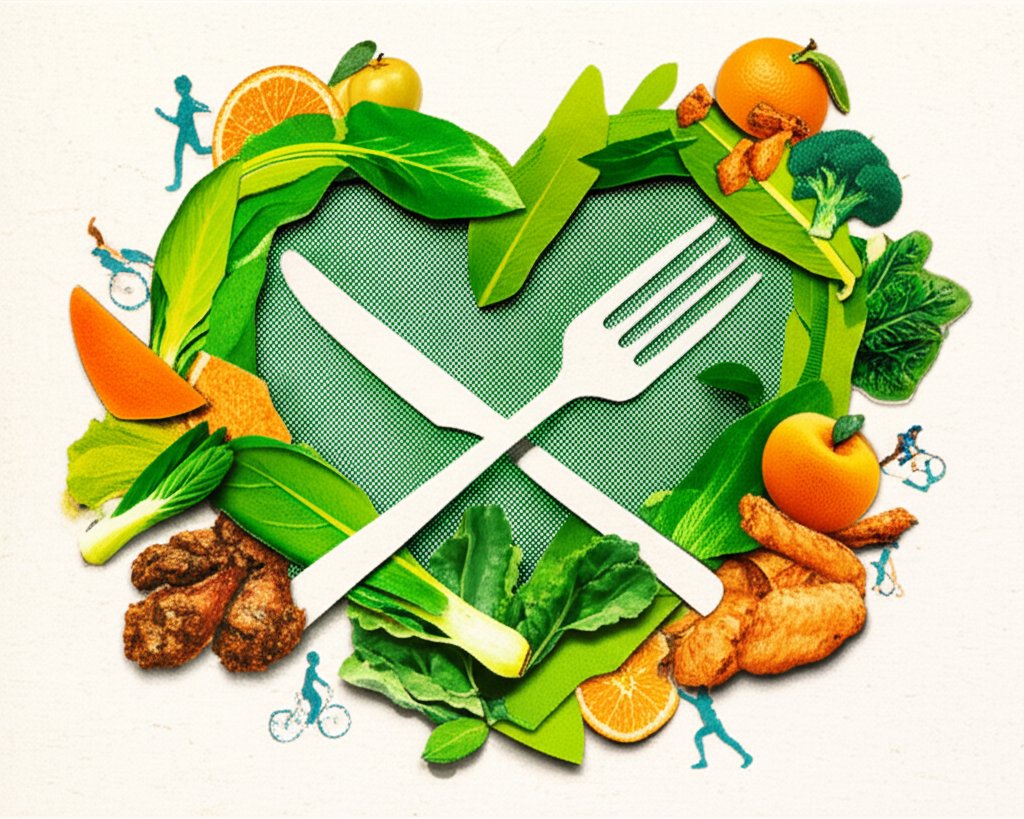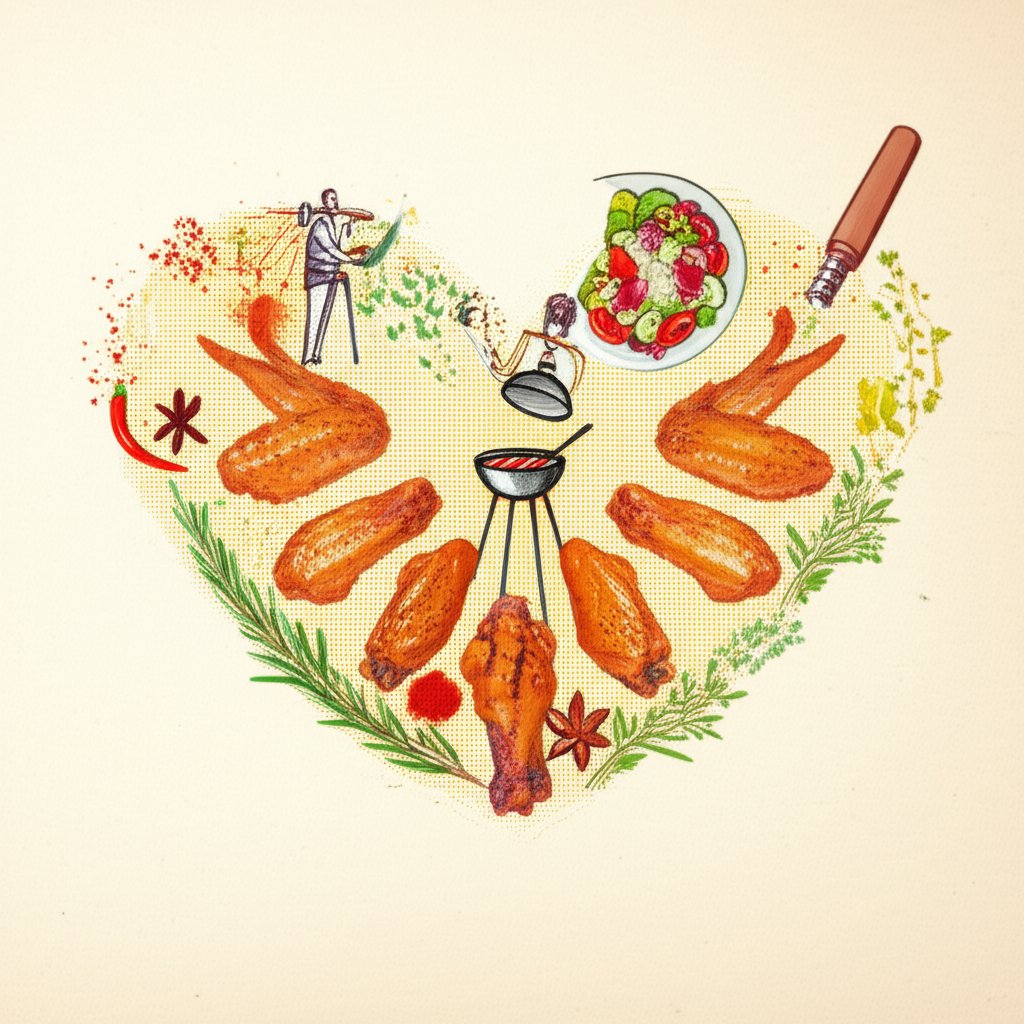Craving a satisfying meal? You might be weighing the options between baked beans and baked chicken wings. But how do baked chicken wing nutrition facts stack up when it comes to health? It’s not just about taste; understanding the nutritional profile can help you make informed choices that align with your dietary goals.
At a glance:
- Discover the detailed nutritional breakdown of baked chicken wings.
- Compare baked wings to other protein sources (including, indirectly, baked beans!).
- Learn how baking affects the fat and calorie content of chicken wings.
- Get practical advice on how to make healthier baked chicken wings.
- Uncover common myths and misconceptions about chicken wing nutrition.
Decoding Baked Chicken Wing Nutrition Facts
Baked chicken wings can be a surprisingly nutritious option, offering a good source of protein and essential nutrients. However, the exact nutritional profile depends on several factors, including the size of the wings, whether the skin is included, and any added sauces or seasonings. Let’s break down the typical nutrition facts for a serving of three baked chicken wings (approximately 100g) without sauce:
- Calories: 200-250 kcal
- Protein: 20-25 grams
- Fat: 12-18 grams (varies greatly depending on skin)
- Saturated Fat: 3-5 grams (higher with skin)
- Carbohydrates: 0-2 grams (negligible unless sauced)
- Sodium: 50-150 mg (depending on seasoning)
Key Nutrients: - Niacin (Vitamin B3): Important for energy metabolism.
- Selenium: An antioxidant that supports thyroid function.
- Phosphorus: Essential for bone health.
Baked vs. Fried: A Healthier Wing?
The primary advantage of baking chicken wings over frying is the significant reduction in fat and calories. Frying adds considerable fat, often unhealthy trans fats, which can contribute to weight gain and increase the risk of heart disease. Baking allows the chicken to cook in its own rendered fat, minimizing the need for added oils.
- Example: A serving of three fried chicken wings can easily contain 300-400 calories and significantly more saturated fat than its baked counterpart.
Skin On or Off: Weighing the Fat Factor

The skin on chicken wings contributes most of the fat content. Removing the skin before baking can drastically reduce the overall fat and calorie count. However, the skin also adds flavor and crispness.
- Trade-off: Leaving the skin on provides a more satisfying texture but increases the fat content. Removing the skin makes for a leaner option.
Sauces and Rubs: Mind the Sugar and Sodium
While baked chicken wings themselves can be relatively healthy, added sauces and rubs can significantly impact their nutritional value. Many commercial sauces are high in sugar and sodium, which can negate some of the health benefits.
- Scenario: A serving of baked chicken wings tossed in a popular honey-garlic sauce can easily add an extra 100-200 calories and a significant amount of sugar.
The Protein Powerhouse: Comparing Wings to Baked Beans

Baked chicken wings are primarily a source of protein. Protein is essential for building and repairing tissues, supporting immune function, and promoting satiety. How does this compare to another popular dish? Well, baked beans: healthy or not? Both offer nutritional benefits but in different proportions. Baked beans are known for their fiber and plant-based protein, while chicken wings excel in animal protein.
- Baked beans (1/2 cup serving): 6g protein, 6g fiber, and significant carbohydrates.
- Baked chicken wings (3 wings): 20-25g protein, minimal fiber, and minimal carbohydrates.
Crafting Healthier Baked Chicken Wings: Practical Tips
Here’s a playbook for maximizing the nutritional value of your baked chicken wings:
- Trim Excess Fat: Before baking, trim any excess visible fat from the wings.
- Consider Skin Removal: Removing the skin will significantly reduce the fat content.
- Homemade Seasonings: Create your own rubs and marinades using herbs, spices, and low-sodium ingredients.
- Example: Mix garlic powder, paprika, black pepper, and a pinch of cayenne pepper for a flavorful and healthy dry rub.
- Low-Sugar Sauces: Opt for low-sugar or sugar-free sauces, or make your own using natural sweeteners like stevia or monk fruit.
- Example: Combine tomato paste, apple cider vinegar, a touch of honey, and your favorite spices for a homemade BBQ sauce.
- Baking Technique: Bake the wings on a wire rack to allow fat to drip away, further reducing the fat content.
- Portion Control: Be mindful of portion sizes. A serving of 3-4 wings is generally sufficient.
Quick Answers: Common Questions About Chicken Wing Nutrition
- Are baked chicken wings a good source of protein? Yes, baked chicken wings are an excellent source of high-quality protein, essential for muscle building and overall health.
- Are baked chicken wings keto-friendly? Yes, if you avoid sugary sauces and rubs. The low carbohydrate content makes them a suitable option for a ketogenic diet.
- Can I eat baked chicken wings every day? While you can, it’s best to enjoy them in moderation as part of a balanced diet. Consider varying your protein sources to ensure you’re getting a wide range of nutrients.
- Do baked chicken wings have a high glycemic index? No, baked chicken wings have a very low glycemic index due to their minimal carbohydrate content.
- Are organic chicken wings healthier? Organic chicken wings come from chickens raised without antibiotics and hormones, which some people prefer. However, the nutritional profile is generally similar to conventional chicken wings.
- Is it okay to bake frozen chicken wings? Yes, but thaw them partially first for even cooking. Baking from frozen will take longer.
- How do baked chicken wings support weight management? The high protein content promotes satiety, potentially reducing overall calorie intake by keeping you feeling fuller for longer. Choose low-sugar sauces.
Actionable Next Steps
Want to enjoy the flavor of chicken wings without the guilt? Here’s a quick start guide:
- Plan your meal: Decide if chicken wings will be your main protein source or part of a larger meal. Thinking about the meal as a whole will allow you to make better choices.
- Choose your wings: Prioritize fresh, skinless chicken wings if possible.
- Prep your ingredients: Gather your herbs, spices, and sauce ingredients.
- Bake and enjoy: Follow a baking recipe that minimizes added fats and sugars.
By understanding baked chicken wing nutrition facts and implementing these practical tips, you can enjoy this popular dish as part of a healthy and balanced diet.
- Why Glass Boxes for Lunch Are Trending for Meal Prep - December 17, 2025
- Bento Box Glass Offers Practical, Eco-Friendly Meal Storage - December 16, 2025
- The Best Bento Box Price For Your Perfect Packed Lunch - December 15, 2025










